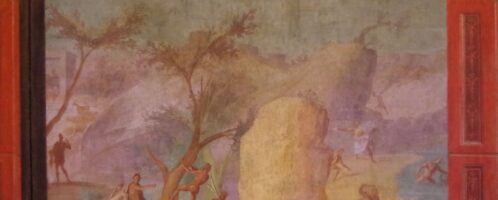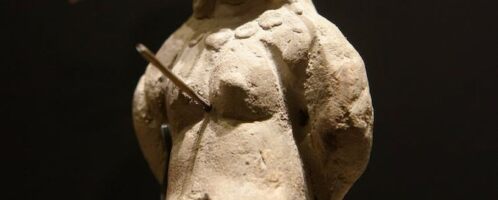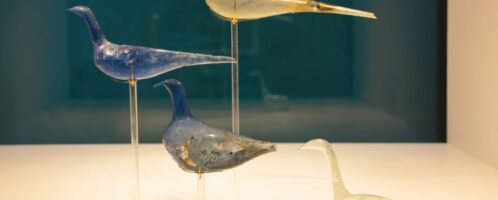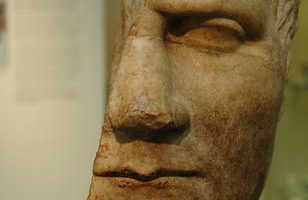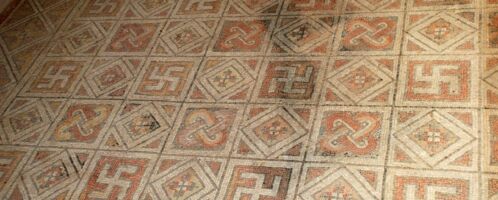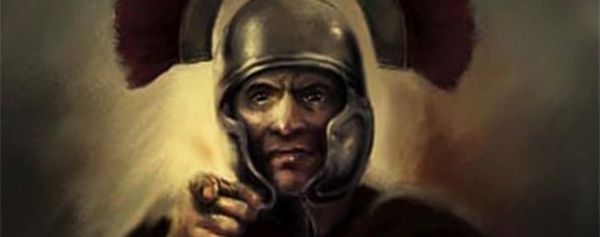If you have found a spelling error, please, notify us by selecting that text and pressing Ctrl+Enter.
Curiosities of ancient Rome (Artifact)
The world of ancient Romans abounded in a number of amazing curiosities and information. The source of knowledge about the life of the Romans are mainly works left to us by ancient writers or discoveries. The Romans left behind a lot of strange information and facts that are sometimes hard to believe.
Trilitons – large blocks of stone
The largest known worked blocks of stone were found near Baalbek (in Lebanon). It is about the so-called trilitons, i.e. three boulders from the vicinity of the sanctuary from the period of Roman rule in this area. They were supposed to weigh 800 tons each, although it is estimated that the largest weighed over 1,000 tons. They formed the basis for the Temple of Jupiter (the Great Temple), which was completed in the 1st century CE.
Skeleton of woman with preserved hair and eyebrows
The skeleton of a woman was discovered in a marble sarcophagus, which dates back to the 3rd century CE. Interestingly, the hair and eyebrows of a woman who probably died at the age of 50-60 are still preserved. The discovery took place in 1962 in Roman Thessalonica, and the woman came from a high social class. The object is on display at the Archaeological Museum of Thessaloniki.
Roman fresco showing island of Laestrygonian giants
Roman fresco showing the island of the Laestrygonian giants-cannibals when Odysseus arrives. Interestingly, the Greeks identified this mythical place with either Sicily or Formia in Latium. The object was discovered in a domus on what is now the Roman road Via Cavour; now in the Vatican Museums in Rome. Dated to the 1st century BCE.
Greco-Roman “voodoo doll”
Greco-Roman “voodoo doll” pierced with 13 needles. Found in Egypt, it dates back to the 2nd century CE. It was in a vase along with a lead tablet with a spell on it.
Half of Julius Caesar’s head
Only half of the head of the bust of Julius Caesar has survived to our times. Bust from around 50 CE, which was discovered on the site of the temple of Athena Polias in Priene.
Roman mosaic in villa La Olmeda
Roman mosaic in the villa of La Olmeda in the province of Palencia, Spain. In Greek and Roman culture, a single swastika was extremely rare. She is more often seen in groups. This sign was used throughout the Empire, whether clockwise or counterclockwise, on the mosaics decorating the walls and floors.






